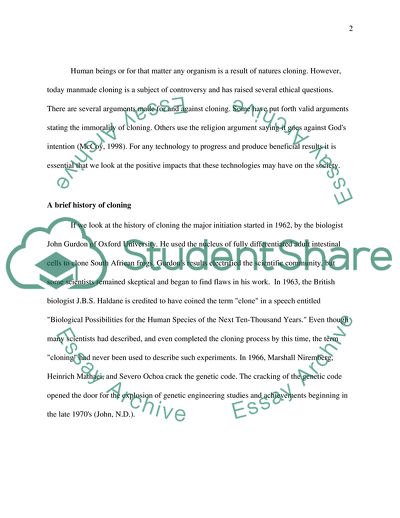Cite this document
(Cloning: What is It and How Can It Help Society Article, n.d.)
Cloning: What is It and How Can It Help Society Article. https://studentshare.org/biology/1703486-cloning-what-is-it-how-can-it-help-society
Cloning: What is It and How Can It Help Society Article. https://studentshare.org/biology/1703486-cloning-what-is-it-how-can-it-help-society
(Cloning: What Is It and How Can It Help Society Article)
Cloning: What Is It and How Can It Help Society Article. https://studentshare.org/biology/1703486-cloning-what-is-it-how-can-it-help-society.
Cloning: What Is It and How Can It Help Society Article. https://studentshare.org/biology/1703486-cloning-what-is-it-how-can-it-help-society.
“Cloning: What Is It and How Can It Help Society Article”. https://studentshare.org/biology/1703486-cloning-what-is-it-how-can-it-help-society.


